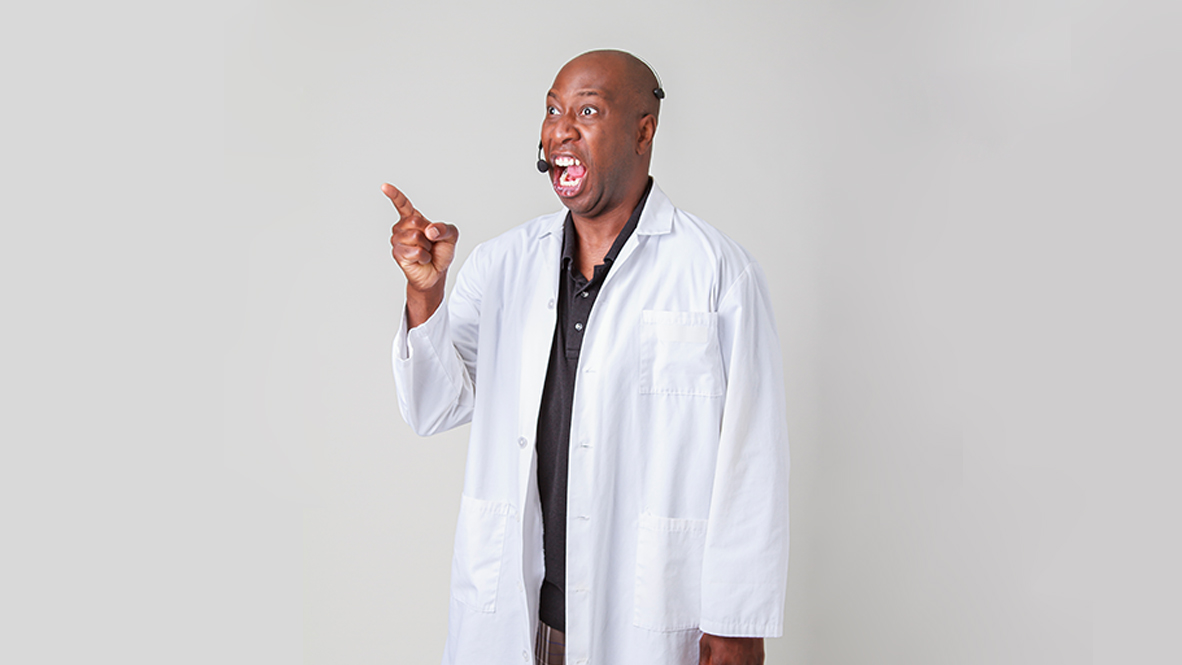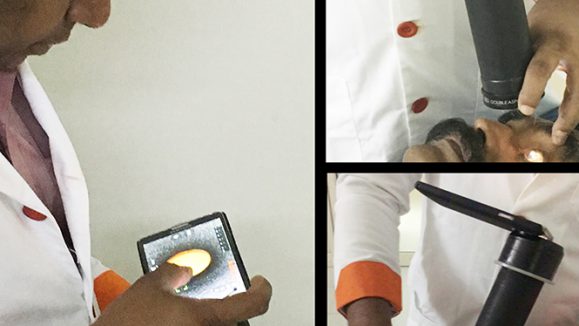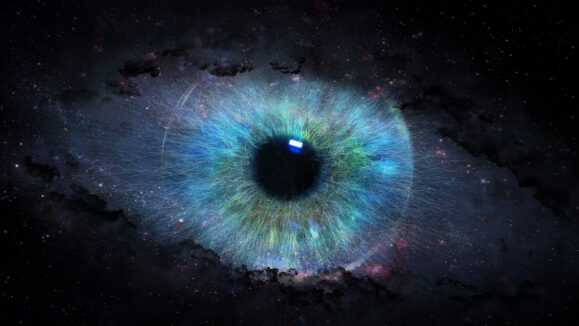Recording surgeries is a great way to teach residents and fellows as part of their ophthalmic training. This video-assisted skill transfer offers more opportunities for training and demonstration, in a world where people are always short of time.
This video-assisted skill transfer offers more opportunities for training and demonstration, in a world where people are always short of time.
At the moment, quality high-definition (HD) recording systems are used to record surgeries, but they come at a high cost. To overcome this hurdle, a group of researchers explored various cost-effective alternatives, including a single chip charged coupling device (CCD) and webcam-based cameras. These cameras were found to be adequate for recording anterior segment surgery, but were not up to the mark for recording vitreoretinal surgeries, due to the low light conditions.
In anterior segment surgeries, a bright light emitting diode from the microscope provides sufficient illumination. On the other hand, a fine endoilluminator probe provides dim lighting in retinal surgeries.
According to the investigators, good quality vitreoretinal surgery recording requires the following qualities—high quantum efficiency for capturing videos in poor lighting, high signal to noise ratio to prevent grain in images, and broad dynamic range to enable well-illuminated and dark areas to be visualized equally. Until now, only the high-end 3-chip CCD medical cameras provided the satisfactory quality required, but at a hefty price tag of $21,000 (USD).
The study authors explored the use of high-end digital single light reflex (DSLR) cameras and found them to be an affordable alternative to the CCD cameras for ophthalmic surgery recording, particularly vitreoretinal surgery.
The DSLR model selected for the study was the Sony A7S2, as it had the best reviews on low-light performance on the Internet. The Sony A7S2 is a mirrorless, full frame DSLR camera. The investigators compared the DSLR to the HD 3-chip CCD camera and found that the DSLR camera fulfilled all the necessary requirements and are available at an affordable price of USD 2,500.
The Sony A7S2 has the following specifications: (1) ISO up to 400000, (2) Able to record videos in full HD and 4K resolution, (3) Internal 4K recording to an SD card, with no additional external recorder required for recording 4K videos, and (4) Simultaneous 4K and HD dual recording.
A Sony A7S2 mirrorless DSLR was latched to a DSLR adapter (3D Medisys India) for Sony E-mount cameras. The adapter is fitted with an array of lenses which focuses the light rays diverted from the beam splitter onto the camera sensor.
The adapter is attached to the camera body in the same way as attaching a lens. The other end of the adapter is connected to the beam splitter tube and is secured in place with a tightening ring.
Recording was done in the manual mode as it gives the maximum control over the brightness of the recording by varying the ISO. From this study, the investigators have found that an ISO of 200–400 is best for anterior segment surgery recording, and an ISO of 400–600 is most suitable for vitreoretinal surgery recording under a direct viewing system such as irrigating contact lens, while an ISO of 1600–2500 is best for recording under wide-angle viewing systems.
Customized settings are possible with the camera, by fixing the upper and lower range and the amount of exposure (brightness) of any recording. Any slight vignetting (dark borders at the edges of the frame) is overcome by digitally magnifying the image.
A total of 60 score values for each parameter (color, contrast, and quality) were obtained for each camera, consisting of three different eye videos per camera rated by twenty observers. Most results were rated either 8/10 or 9/10 for both the cameras. The video quality of the commercial and medical cameras were comparable for all parameters assessed in the different videos except for color and contrast in posterior pole view and color on wide angle view.
Therefore, the study authors concluded that commercial DSLRs are an affordable low-cost alternative for vitreoretinal surgery recording and are adequate for skill demonstration and teaching.
Reference:
Khanduja S, Sampangi R, Hemlatha BC, et al. Use and validation of mirrorless digital single light reflex camera for recording of vitreoretinal surgeries in high definition. Indian J Ophthalmol. 2018;66:106-109.



